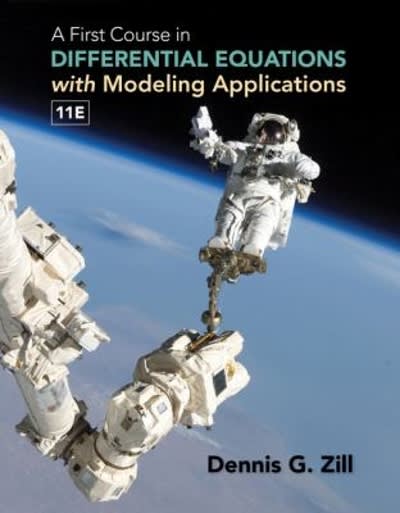Question
The researcher also wanted to investigate the relationship between the age (in years) and time spent reading newspapers (in minutes) on an average weekday (newspaper)
The researcher also wanted to investigate the relationship between the age (in years) and time spent reading newspapers (in minutes) on an average weekday (newspaper). He checked the assumptions and he was satisfied that linear regression can be used to analyse the data. In his sample data, the age ranged between 31 and 67 years while reading times ranged between 110.35 and 200.97 minutes.
| Regression results where Age (in years) is the predictor | ||||||
|---|---|---|---|---|---|---|
| Coefficients | Standard Error | t Stat | P-value | Lower 95% | Upper 95% | |
| Intercept | 131.069 | 19.731 | 6.643 | 0.00 | 90.878 | 171.259 |
| age | 0.382 | 0.386 | 0.990 | 0.33 | -0.404 | 1.168 |
- (2 marks) Select the most appropriate conclusion to the question "Is there a statistically significant linear relationship between the two variables?" In other words, "Is the age (in years) a useful predictor for the time spent reading newspapers (in minutes) on an average weekday (newspaper)?".
- A. There is a significant negative linear relationship between the two variables.
- B. There is not enough evidence to indicate that there is a significant linear relationship between the two variables.
- C. There is a significant positive linear relationship between the two variables.
- (2 marks) Which of the two variables (age in years or education in years) was the best predictor of the time spent reading newspapers (in minutes) on an average weekday (newspaper)? (Note that R2R2 of the linear regression between age (in years) and the time spent reading newspapers (in minutes) on an average weekday (newspaper) is 3 %%, and check R2R2 of for the education in your model outputs if you need the information.) Answer
- A. Education in years is the best predictor since the slope of the regression line was significantly different than zero and it has a higher R2R2.
- B. Age in years is the best predictor since the slope of the regression line was significantly different than zero and it has a higher R2R2.
- C. Neither of them is good predictors since the slopes of the regression lines were not significantly different than zero.
Assume that both of the linear regressions were valid for predictions (the slope of the regression line was significantly different than zero) for the following questions:
(1 mark)) Use the regression equation to predict the time spent reading newspapers (in minutes) on an average weekday (newspaper) for a person with 13 years of education (education): Answer (2dp) minutes.
(1 mark) Use the regression equation to predict the time spent reading newspapers (in minutes) on an average weekday (newspaper) for a 58 years old person (age): Answer (2dp) minutes.
(2 marks) Can you use the regression equation to predict the time spend in reading newspapers (in minutes) on an average weekday (newspaper) for a 5 years old child (age)?
- A. Yes, I can do that. The answer would be 132.98 minutes.
- B. No, I can't do that since the age (5 years) is outside the range of the observations for age.
- C. No, I can't do that since it is not sensible to think a 5 year old reads newspapers.
(2 marks) Can you use the regression equation to predict the age (in years) for a person who spends on average 45 minutes reading newspapers on an average weekday (newspaper)? Answer
- A. Yes, I can do that. The answer would be -225.31 years.
- B. No, I can't do that since the age is the predictor, not outcome variable.
- C. No, I can't do that, this is a silly question.
Step by Step Solution
There are 3 Steps involved in it
Step: 1

Get Instant Access to Expert-Tailored Solutions
See step-by-step solutions with expert insights and AI powered tools for academic success
Step: 2

Step: 3

Ace Your Homework with AI
Get the answers you need in no time with our AI-driven, step-by-step assistance
Get Started


